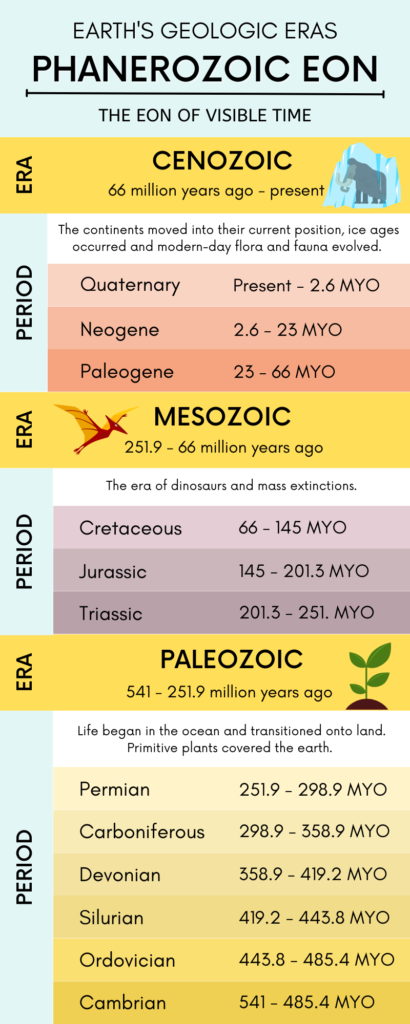গনবিলুপ্তি কি কেন ঘটেছিল সব গুলো কারণ এক সাথে জানুন
পৃথিবীর ইতিহাসে এখন পর্যন্ত ৫ টি বড় ধরনের গন বিলুপ্তি ঘটেছে। যেগুলো না ঘটলে হয়ত আমরা বর্তমান এই সুন্দর আবাস যোগ্য পৃথিবী পেতাম না।কারণ প্রতিটি গন বিলুপ্তির সাথে সাথে পৃথিবীর পরিবর্তন ঘটেছে আর নতুন নতুন প্রাণীর আবির্ভাব ঘটেছে।ক্ষুদ্র আক্রিটারক থেকে শুরু করে বৃহৎ ডাইনসর পর্যন্ত এসেছে। আর যখন ডাইনোসর ও ৬৬ মিলিওন বছর আগে এক বৃহৎ উল্কা পাতের জন্য ও এর প্রভাবে পৃথিবীর আবহাওয়া গত পরিবর্তন হল তখন ধীরে ধীরে সমস্ত ডাইনোসর গুলোর বিলুপ্তি ঘটল। এর পরেই আমরা মানুষ এই পৃথিবীতে আবির্ভাব হলাম। ধীরে ধীরে বিবর্তনের ধারাবাহিকতায়।
গনবিলুপ্তি কি কেন ঘটেছিল
৪.৬ বিলিয়ন বছরের ইতিহাসের প্রক্রিয়া ব্যাপী এই পৃথিবীর জন্যে বয়স হলেও, এই সময়ে প্রাণীদের বিশেষত্বযুক্ত অধিকাংশ সংখ্যকে ধ্বংস করে ফেলার জন্যে পাঁচটি মুখ্য প্রকারের মাস ধ্বংস ঘটেছে। বহু কারণ মূলক ধ্বংসের মধ্যে তাপমাত্রা পরিবর্তন, ভূগর্ভ গড়ানো (মার্মিক আগ্নেয়নের মতন), অথবা ধারাবাহিক মেটিয়র আক্রমণের জন্য পৃথিবীর পৃষ্ঠিতে আঘাত পড়তে পারে। এখানে সাক্ষ্য রয়েছে যে মাইক্রোব ধ্বংসের একটি নম্বরপত্রে দ্রুততার অংশ হতে পারে বা যে সকল পরিবাদী মাস ধ্বংসের অংশ প্রদান করতে পারে।

অর্ডোভিশিয়ান গনবিলুপ্তি
প্রথম মাস ধ্বংস হল অর্ডোভিশিয়ান মাস ধ্বংস এবং এটি প্রায় ৪৪০ মিলিয়ন বছর আগে ঘটে। এই মাস ধ্বংসটি প্যালিয়োজোইক যুগে ঘটেছে। সেই সময়ে জীবজগতের প্রায় ৮৫ শতাংশই প্রভাবিত হয়েছে। অর্ডোভিশিয়ান মাস ধ্বংসের কারণ হিসাবে মানের উপর ভূগর্ভনগরীয় বদলের ফলে জলাবদ্ধ বস্তুদের প্রায়শই শক্তিশালী ধ্বংস করে ফেলা হয়েছে এমন অনুমান করা হয়েছে। এটি দুটি পৃথক পৃষ্ঠখননের মধ্যে ঘটেছে।
ডেভোনিয়ান গনবিলুপ্তি কি
এটি দ্বিতীয় প্রধান মাস ধ্বংস যা প্যালিয়োজোইক যুগে ঘটেছে। এটি প্রায় ৩৭৫ মিলিয়ন বছর আগে ঘটেছিল এবং এটি ঐ সময়ে জীবজগতের ৮০ শতাংশ বাদ দেওয়া সমস্ত প্রজাতির উপর প্রভাব ফেলেছিল। দ্বিতীয় মাস ধ্বংসের কারণ হল মহাসাগরের অক্সিজেনের স্তর কমা যাওয়া, বাতাসের তাপমাত্রা দ্রুত প্রশমিত হওয়া এবং ভোল্কানো উত্পাত বা মেটিয়র আক্রমণ। এই পর্যায়ে অনেক গাছ জমিতে আছিল যা সমুদ্রে বাস করে থাকা প্রজাতিদের জন্য অক্সিজেনের স্তরকে কমিয়ে নিয়েছিল। এটি আকাশমণ্ডলে রয়েছে কার্বন ডাইঅক্সাইডের পরিমাণকে ক্ষতিগ্রস্ত করে যা জমিতে জীবজগতির অভিযানের সমস্যা সৃষ্টি করে।
পার্মিয়ান গনবিলুপ্তি কি
এটি তৃতীয় প্রধান মাস ধ্বংস যা প্রায় ২৫০ মিলিয়ন বছর আগে ঘটেছিল। এই মাস ধ্বংসটি তথ্য হতে বহু জীবজগতের ৯৬ শতাংশ প্রভাবিত হয়েছিল। এই মাস ধ্বংসের প্রাকৃতিক কারণগুলি অজানা কিন্তু এটি জোরালো আকস্মিক আঘাত, ভোল্কানো উত্পাত, মাইক্রোব এবং জলবায়ুগত পরিবর্তনের ফলে ঘটেছিল এমন অনুমান করা হয়েছে। পার্মিয়ান মাস ধ্বংস হল সবচেয়ে বড় মাস ধ্বংস যা পৃথিবীতে জীবিত সব জীবজগতির প্রায় সব ধ্বংস করে ফেলেছিল।
ট্রিয়াসিক-জুরাসিক গনবিলুপ্তি কি
এটি চতুর্থ মাস ধ্বংস এবং এটি মেসোজোইক যুগের শেষে ঘটে। এই মাস ধ্বংসের প্রায় ৫০ শতাংশ প্রজাতি প্রভাবিত হয়েছিল ঐ সময়ে। ট্রিয়াসিক-জুরাসিক মাস ধ্বংসের কারণ হল ভোলকানিক প্রক্রিয়া, জলবায়ু পরিবর্তন, সচরাচর সমুদ্রের স্তর ও পিএচ পরিবর্তনের ঘটনা। ভোলকানিক ক্রিয়ায় অ্যাক্সিডগুলি আবহাওয়ায় সৃষ্টি হয় যা জীবজগতির জন্য অপরিমিত শর্ত সৃষ্টি করে।
কে-পি-জি গনবিলুপ্তি
পাঁচতম প্রধান মাস ধ্বংস এখন আগে ঘটেছিল, মেসোজোইক যুগের শেষে একটি উদ্ভাটন করা হয়। এই মাস ধ্বংসের সময় প্রায় ৭৫ শতাংশ প্রজাতি প্রভাবিত হয়েছিল। এটি গুরুত্বপূর্ণ একটি মাস ধ্বংস যা পৃথিবীতে সব ডায়নোসর ধ্বংস হয়েছিল। এই মাস ধ্বংসটি পরিবেশের উপর প্রভাব ফেলেছিল যা জীবজগতির জন্য জীবন অসহ্যকর করেছিল।
সাম্প্রতিক ষষ্ঠ গনবিলুপ্তি
তাই, বিজ্ঞানীরা সন্দেহ করে যে আমরা বর্তমানে ষষ্ঠ মাস ধ্বংসের মধ্যে জীবজগত ধ্বংসের মধ্যে জীবিত আছি। মানুষের উন্নতির পরে একাধিক পরিচিত প্রজাতি হারিয়ে যাওয়ার বিষয়ে অনেক তথ্য প্রাপ্ত হয়েছে। মাস ধ্বংস ঘটনা যখন মিলিয়ন বছর সময় লাগতে পারে, সেই কারণে সম্ভাবনা যে আমরা এখন ষষ্ঠ প্রধান মাস ধ্বংসের ঘটনার প্রতীক্ষার সময়ে আছি।

1 thought on “গনবিলুপ্তি কি কেন ঘটেছিল সব গুলো কারণ জানুন”
Comments are closed.